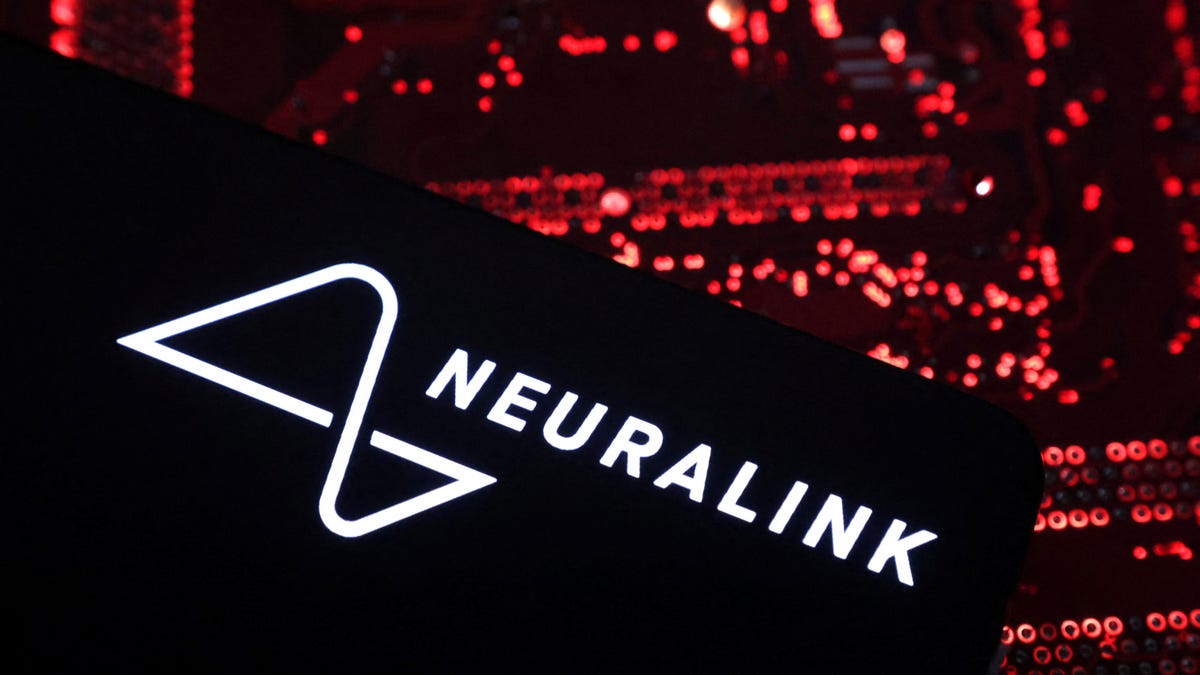Neuralink’s Brain Chip Implanted on First Human Patient
Neuralink, Elon Musk’s brain chip startup, made headlines in January as it successfully implanted its brain-computer interface (BCI) device on its first human patient. The company submitted details of its ongoing study, known as the Precise robotically implanted brain-computer interface (PRIME) study, to the U.S. National Institutes of Health’s ClinicalTrials.gov website.
The PRIME study aims to evaluate the functionality of Neuralink’s brain implant and the robot used to perform the implantation. This groundbreaking technology is designed to assist individuals with severe quadriplegia in controlling external devices using their thoughts.
Study Details and Future Plans
The study, which commenced in January, is set to continue until 2031 and will involve an estimated three patients. Over the course of the study, researchers will monitor any adverse events related to the device or implantation procedure for up to 72 months after implantation.
While standard clinical trials in the United States are required to disclose study details on the NIH website, Neuralink’s early feasibility study is exempt from this rule, having received approval from the U.S. Food and Drug Administration. Early feasibility studies like Neuralink’s focus on product concept development and initial safety data rather than safety and efficacy testing.
Despite this exemption, some medical journals may still require the registration of such studies. Interestingly, the FDA recently granted Neuralink permission to implant its experimental brain chip in a second patient following reported issues with thread retraction in the first patient.
“The approval came after Neuralink said that some threads, which are used to record neural activity, retracted from the brain of the company’s first patient.” – Reuters
As Neuralink continues to push the boundaries of brain-computer interfaces, the future of medical technology and human-computer interaction looks increasingly promising.
Sources: Clinicaltrials.gov, Reuters
Image/Photo credit: source url





